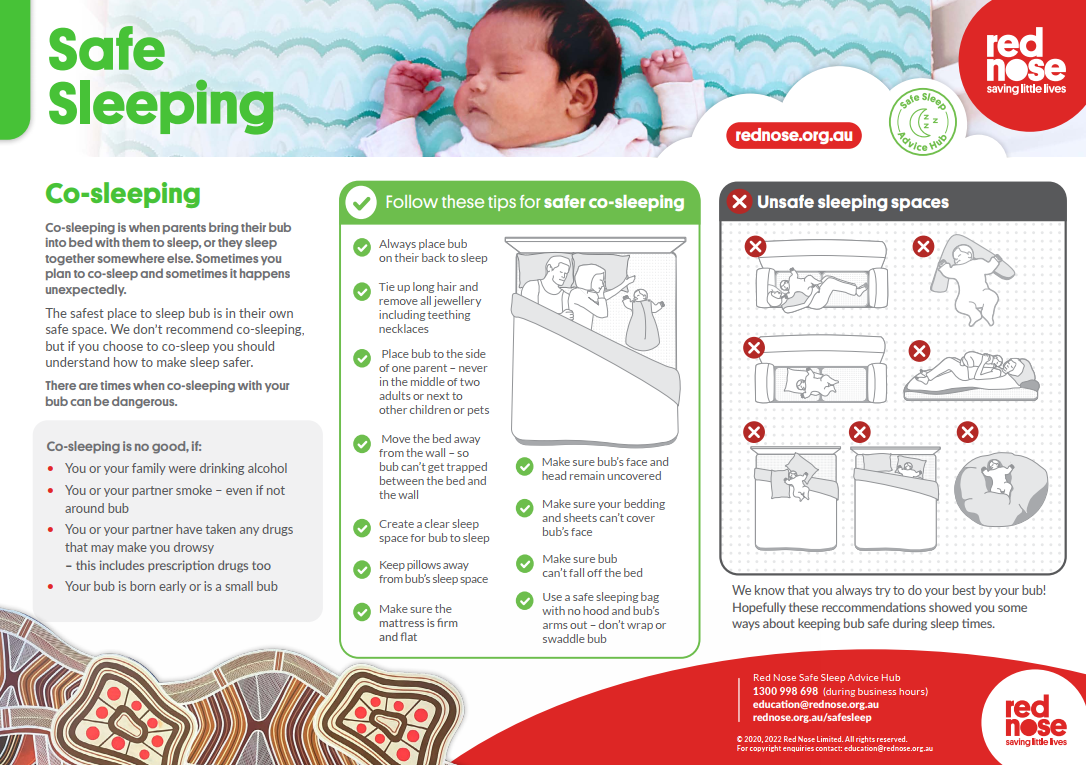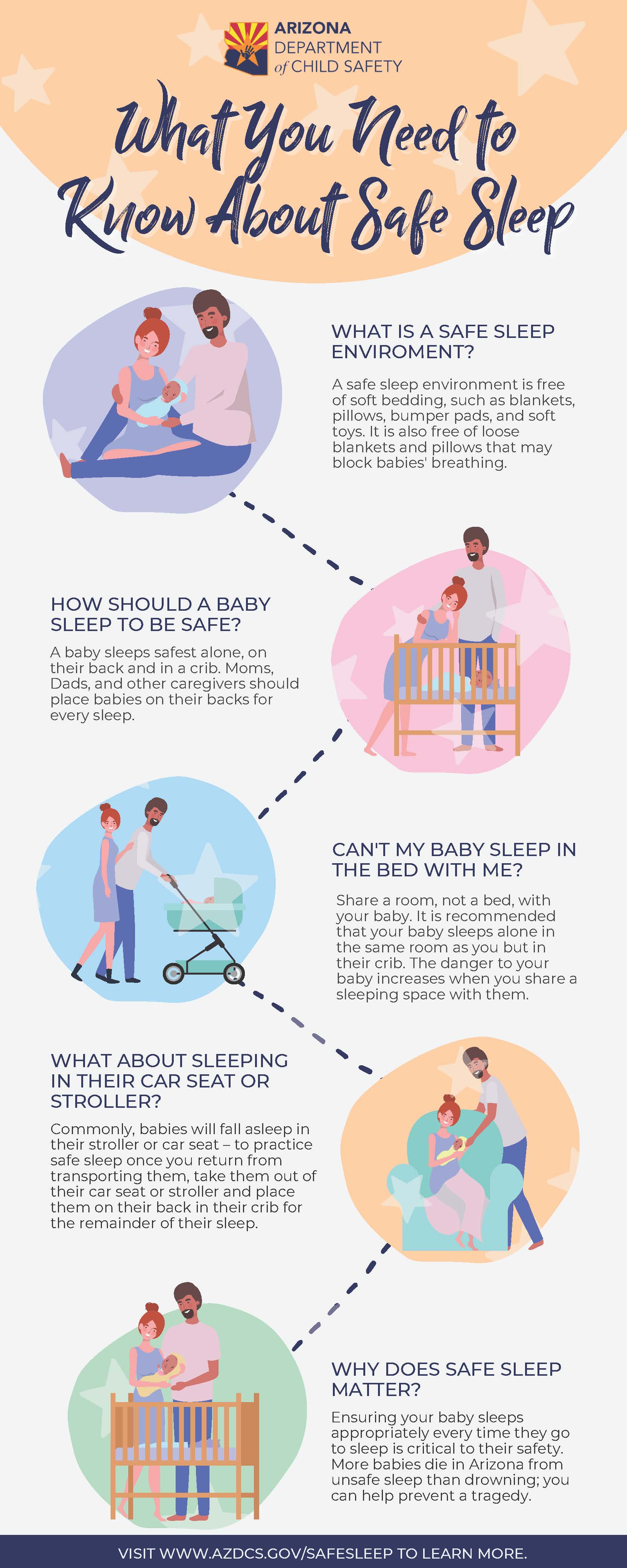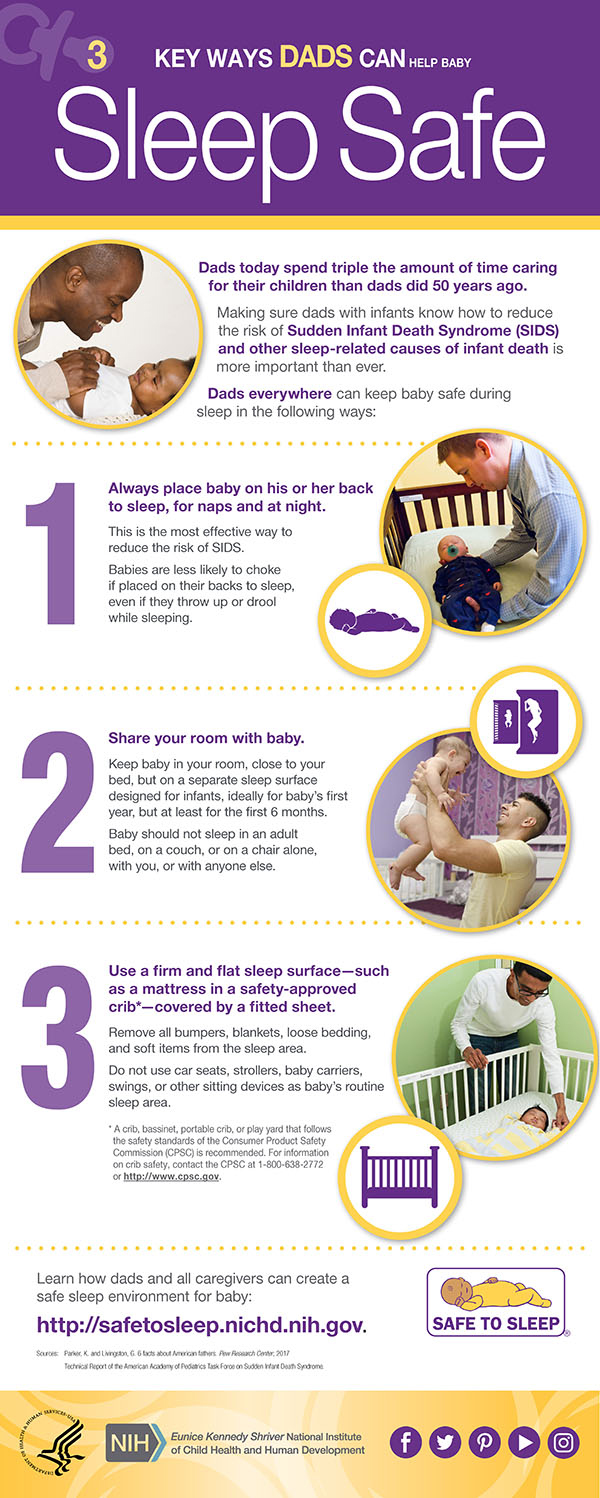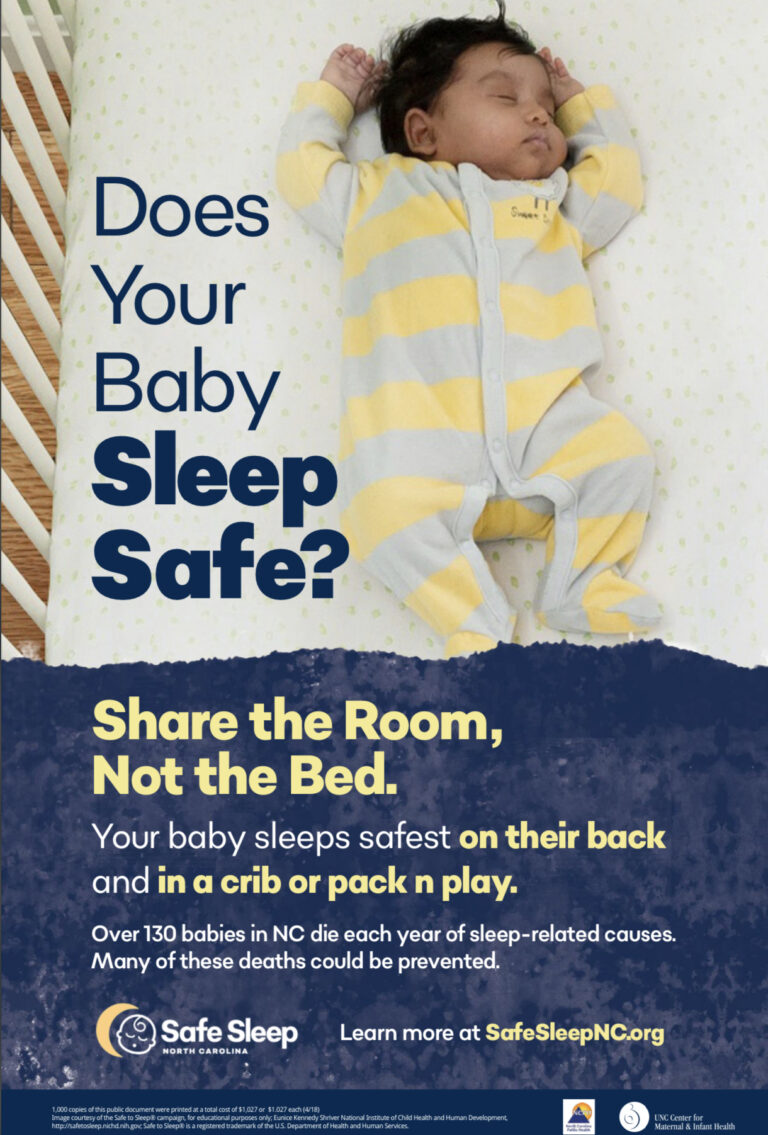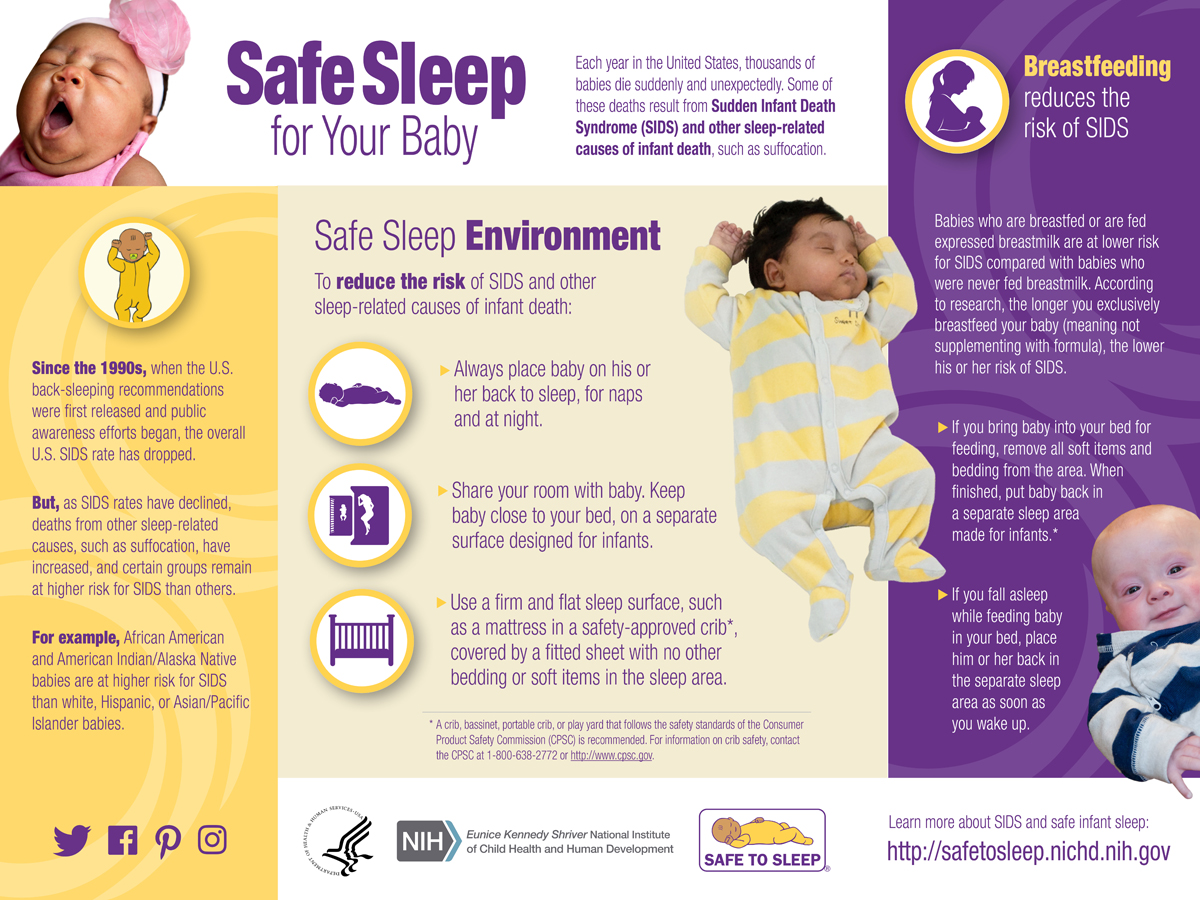Back To Sleep Brochure
Back To Sleep Brochure - Babies sleep safest on their backs. • use a firm sleep surface, covered by a fitted sheet, to reduce the risk of sids and. Read all about tummy time and how to make it fun for your baby. Follow these easy steps to create a safe sleep environment in your home, family child care home, or child care center: Download our safe sleep brochure (pdf) a safe sleeping environment reduces your baby’s risk of sudden infant death syndrome (sids), which is the number one cause of death between. Always place babies on their backs. Always place baby on his or her back to sleep, for naps and at night, to reduce the risk of sids. Although babies should be placed on their backs to sleep, supervised tummy time is an important part of healthy development. Always place baby on his or her back to sleep, for naps and at night. Back to sleep and tummy to play follow these easy steps to create a safe sleep environment in your home, family child care home, or child care center: Back to sleep, tummy to play what are the 2 most important things to remember about safe sleep practices? Do not use loose blankets and make sure your baby is not too warm. Always place baby on his or her back to sleep, for naps and at night. Safe sleep guidelines from the american academy of pediatrics focus on actions you and others can take to help your baby sleep safely and to reduce your baby’s risk of dying while sleeping. Follow these easy steps to create a safe sleep environment in your home, family child care home, or child care center: Brochure is part of the safe to sleep campaign (formerly the back to sleep campaign), an effort to educate families and caregivers about ways to help reduce the risk of sudden infant death. Babies who sleep on their backs are much less likely to die of sids than babies who sleep on their stomachs or sides. Share your room with baby. This is a time of unlimited energy and curiosity for children. Back to sleep, tummy to play why is tummy time important? • use a firm sleep surface, covered by a fitted sheet, to reduce the risk of sids and. Use a firm and flat. Back to sleep, tummy to play why is tummy time important? Always place baby on his or her back to sleep, for naps and at night. Brochure is part of the safe to sleep campaign (formerly the. The safe to sleep ® campaign offers a variety of free materials, including booklets, handouts and infographics, to help people learn about safe infant sleep and share safe sleep information. Babies who sleep on their backs are much less likely to die of sids than babies who sleep on their stomachs or sides. • tummy time is important to develop. The back sleep position is the safest position for all babies until they are 1 year old. Babies sleep safest on their backs. This is a time of unlimited energy and curiosity for children. Use a firm and flat. Share your room with baby. Babies sleep safest on their backs. Do not use loose blankets and make sure your baby is not too warm. Back to sleep, tummy to play what are the 2 most important things to remember about safe sleep practices? Share your room with baby. • tummy time is important to develop infants’ strength, motor and sensory development. Follow these easy steps to create a safe sleep environment in your home, family child care home, or child care center: Back to sleep, tummy to play why is tummy time important? The back sleep position is the safest position for all babies until they are 1 year old. Use a firm and flat. • tummy time is important to. Do not use loose blankets and make sure your baby is not too warm. Download our safe sleep brochure (pdf) a safe sleeping environment reduces your baby’s risk of sudden infant death syndrome (sids), which is the number one cause of death between. Share your room with baby. Brochure is part of the safe to sleep campaign (formerly the back. The back sleep position is the safest position for all babies until they are 1 year old. • tummy time is important to develop infants’ strength, motor and sensory development. Babies who sleep on their backs are much less likely to die of sids than are babies who sleep on their stomachs or sides. Share your room with baby. Read. Back to sleep, tummy to play. Back to sleep, tummy to play what are the 2 most important things to remember about safe sleep practices? Babies who sleep on their backs are much less likely to die of sids than babies who sleep on their stomachs or sides. The safe to sleep ® campaign offers a variety of free materials,. Back to sleep, tummy to play why is tummy time important? Babies who sleep on their backs are much less likely to die of sids than babies who sleep on their stomachs or sides. This is a time of unlimited energy and curiosity for children. Keep baby close to your bed, on a separate surface designed for infants. Babies sleep. The back sleep position is the safest position for all babies until they are 1 year old. Back to sleep and tummy to play follow these easy steps to create a safe sleep environment in your home, family child care home, or child care center: Babies sleep safest on their backs. Back to sleep, tummy to play why is tummy. The safe to sleep ® campaign offers a variety of free materials, including booklets, handouts and infographics, to help people learn about safe infant sleep and share safe sleep information. Keep baby close to your bed, on a separate surface designed for infants. This is a time of unlimited energy and curiosity for children. Back to sleep, tummy to play why is tummy time important? Read all about tummy time and how to make it fun for your baby. • healthy babies are safest when sleeping on their backs at nighttime and. Always place baby on his or her back to sleep, for naps and at night, to reduce the risk of sids. Use a firm and flat. • use a firm sleep surface, covered by a fitted sheet, to reduce the risk of sids and. How do i create a safe sleep environment? Always place babies on their backs. Babies who sleep on their backs are much less likely to die of sids than babies who sleep on their stomachs or sides. Babies sleep safest on their backs. Back to sleep, tummy to play what are the 2 most important things to remember about safe sleep practices? There are a wide range of abilities seen at this age, as children become more mobile. Share your room with baby.Back To Sleep Children's Book GroTo Skin Care
Resources and Factsheets Red Nose Australia
Safe Sleep Arizona Department of Child Safety
Safe Sleep Campaign Prince County
Healthy Sleep in Children Patient Education Brochures (50 brochures)
Printable Resources Safe Sleep NC
Safe Sleep Education
Infant Sleep Black Child Legacy Campaign (BCLC)
How to Sleep Better Patient Education Brochures (50 brochures)
Safe Sleep for Your Baby Infographic (Horizontal) Safe to Sleep
The Back Sleep Position Is The Safest Position For All Babies Until They Are 1 Year Old.
Babies Sleep Safest On Their Backs.
• Always Place Your Baby On His Or Her Back To Sleep, For Naps And At Night, To Reduce The Risk Of Sids.
Follow These Easy Steps To Create A Safe Sleep Environment In Your Home, Family Child Care Home, Or Child Care Center:
Related Post:

